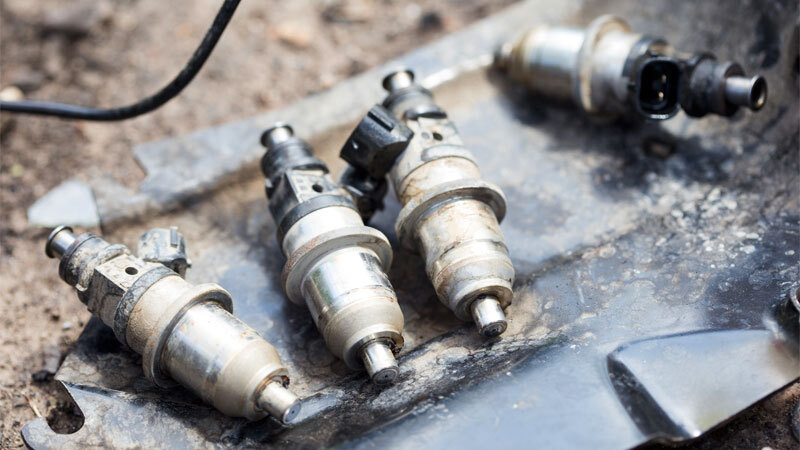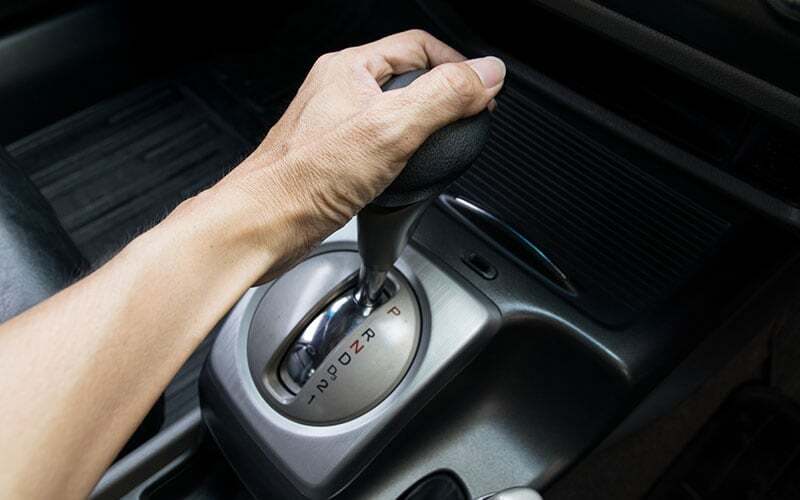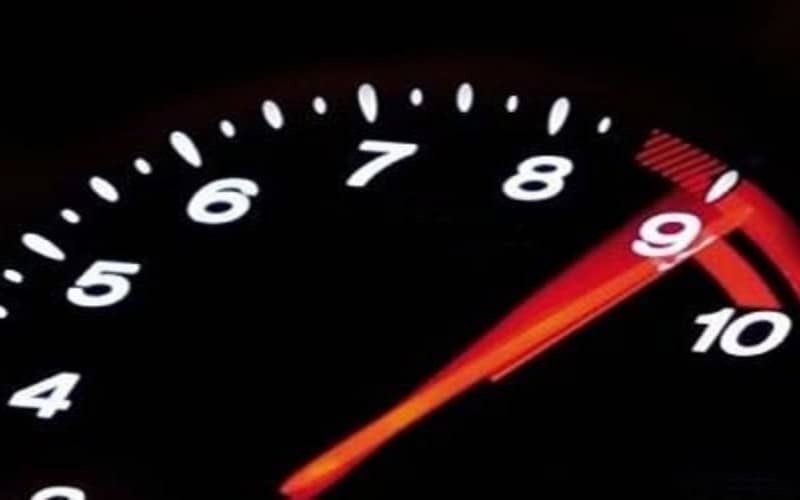The RPM (Revolution Per Minute) is a measure of how fast your engine spins. It is the time your engine’s crankshaft takes to complete one full rotation in 60 seconds.
Many auto owners must have encountered the wavering of a vehicle’s revolution per minute. However, some think this malfunction is a fault they can overlook.
If you notice your car jerking when you apply the accelerator or an unusually high RPM, this can only mean there is a developing fault that may require immediate attention.
Let’s get to know the reasons for unusually high RPM while driving.
Why Is My RPM So High When I Drive?
Various factors can lead to an increase in your vehicle’s RPM. They include leaking transmission fluid, the speed sensor isn’t working, the car can’t switch gears, and the transmission slipping when changing gears because of a bad clutch.
If you notice your truck’s RPM fluctuating whenever you step on the acceleration pedal, you are required to carry out a diagnostic check on your car since the fluctuation is dependent on many factors, here are some reasons for this problem.
You May Have a Transmission Issue
Whenever your vehicle experiences an RPM fluctuation, handling your car tends to be a severe issue. Most problems highlighted so far are easy to solve with little fixed cost.
When transmission fluid leakage is experienced in your car, it starts to motion at a very high revolution per minute when accelerating, which is an effect of slippage in the gearbox band or torque converter and, if not attended to, would result in the wearing of the transmission.
How you can fix this issue: After diagnosing, some minor fixes you may require are replacing parts, adjusting the throttle cable, changing the defective solenoids, and sealing up the leakage(s). However, its fixing cost is based on the level of damage.
There Might be Vacuum Leaks Occurring
An obstruction to airflow in your car’s exhaust system is known as a vacuum leak. Some symptoms of a vacuum leak are; high RPM, idling roughly, car hesitation, ‘check engine light’ turned on, poor fuel economy, hissing sound, etc.
If the RPM of your vehicle experiences a fluctuation while accelerating, there is a probability of a vacuum leak in your engine.
How you can fix this issue: Take the vehicle to an auto mechanic expert to fix the leakage. Delay fixing this problem tends to pave the way for further damage, possibly leading to an accident.
Also Read: 7 Bad Speed Sensor Symptoms (+ Replacement Guide)
Your IAC May Be Bad
The communication line between the idle air control (IAC) and the ECU is essential to keep the RPMs fixed and electronically control airflow and the engine’s idle speed. Most frequently, whenever you encounter an issue with your IAC, there’s a wavering of the RPMs of your car. This fault is due to a break in the communication line, causing the IAC not to function effectively, resulting in the fluctuation in the RPM.
How can you fix this issue: Inspect and replace the IAC to see if it is broken or damaged. However, since the IAC is usually exposed to carbon accumulating, solving this issue may be as easy as cleaning the IAC.

The Spark Plugs Might Be the Issue
Some problems encountered when the spark plug is damaged are; jerking, high fuel consumption, and engine misfiring. Also, RPM wavering happens to be one of the most common signs of a flawed or damaged spark plug.
Damaged spark plugs would have difficulty properly igniting the fuel timely within the piston. This condition, however, may lead to engine misfiring and fluctuation of your vehicle. Sometimes your spark plugs may be in good condition, but if the ignition coil is damaged, it may result in a similar problem.
How you can fix this issue:: It is advised that you take your vehicle to an automobile expert to provide a solution to the problem since diagnosing a damaged spark plug needs some specified types of equipment.
A Bad or Dirty Fuel Injector
The working performance depends significantly on your fuel injector condition. If the fuel injector is dirty or becomes covered in grime and other unsuitable substance, the car’s performance tends to depreciate rapidly. Some of the symptoms you may notice in this case includes; your car hesitating when accelerating from rest or maintaining a steady speed and jerking while accelerating.
How you can fix this issue: To fix this problem, ensure to clean the fuel injector a minimum of once every three years, and this can help a great deal to maintain your engine health capacity.
The TPS is Worth Considering
Signs of a damaged throttle position sensor involve difficulty starting your vehicle (engine misfiring) and high RPM. When in motion, a fluctuation in your vehicle’s RPM is sometimes due to a faulty throttle pedal position sensor.
Usually, once your car’s TPS is damaged, it accelerates all by itself, even when you’re not applying the gas pad.
How you can fix this issue:
Step 1: Please put ‘on’ your car engine and gently apply the accelerator pedal until it touches the floor. Ensure the key is turned off during this process.
Step 2: Turn on the key and gently release your leg from the pedal.
Step 3: Put the key back on.
These steps should recalibrate the TPS to its original setting.

How to Solve High RPM While Driving
When driving a vehicle with an automatic transmission, you may not have many options in the gear selection process. However, if you have experience using a manual transmission, once you notice a high RPM, shift your transmission system to a lower gear.
The advantage to this is that your engine will perform with reduced effort and, proportionally, a lower RPM.
The RPM of your vehicle would reduce when you drive slowly. Whenever you’re driving and notice your RPM reading is high, release your foot from the accelerator pedal to lower the RPM. This action is the simplest way to reduce the RPM of your vehicle.
Also Read: What is Ford Mustang Top Speed?
Frequently Asked Questions – Why Is My RPM So High When I Drive?
What happens when your RPM is too high?
It is precarious to drive with your RPM reading too high because once your foot leaves the brake pedal with your engine revolving, this would make your car suddenly move forward—such a situation poses a threat to your life, other drivers, and side walkers. High RPM also causes poor fuel economy and other wear/tear on your car engine, which is risky.
How do I lower my RPM?
Using several pulleys and belts to transmit and alter the revolution speed helps lower the RPM. The force exerted by the shaft would often need another torque converter to channel the power to an alternate shaft.
What should RPM be when driving?
Your vehicle should range from 2,000 to 3,000 revolutions per minute. This range is not a standard RPM for all cars, but this is an average range for which you can tell that your vehicle performs well. Once your RPM experiences a rapid decrease, please take it to an auto mechanic expert.
Conclusion – Why Is My RPM So High When I Drive?
Your engine usually notifies you when your RPM is fluctuating. These warnings include symptoms like replacing the spark plugs or changing the air filter.
However, some signs may require quick attention since they could significantly damage life and properties. If you are clueless about why your car’s RPM is fluctuating while in motion, you need to take it to a professional mechanic to diagnose the problem and fix it.

